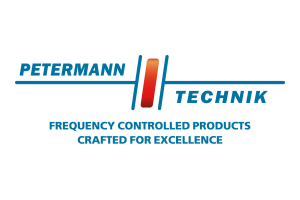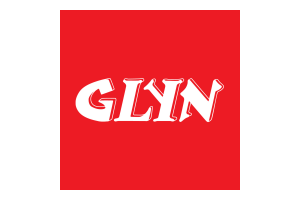Embedded Sensors
Wireless and autonomous embedded digital strain sensor
Fortsetzung des Artikels von Teil 1
Electronic, communication, power consumption
IoT technologies are on the way to being adopted in various domains and changing the paradigms of the industry in general. There are a lot of expectations and promises behind the IoT revolution: gains of productivity, optimized maintenance, tracking of assets, innovative business models. But it all starts with connected things and objects. The prerequisite to the IoT is therefore to be able to deploy in the field electronic solutions that are robust, reliable, operated from a battery and able to deliver high value to customer. Stimio’s know-how and expertise is to design customized solutions, that are optimized for customer’s applications.
Stimio and Nanolike have defined an electronic sub-system that is leveraging Nanolike’s unique sensing technology and make it ready for field deployment. This solution is well adapted to measure very low impedance variations, to compensate for temperature change and allow an easy gauge calibration right before commissioning.
Key features are: dual mode / LPWAN compatibility: LoRaWAN and Sigfox; Ultra-Low power electronics for multi years operation on a battery; Bluetooth Low Energy (BLE) connectivity for objects configuration, software updates and maintenance.
The digitalization and data acquisition process must be very precise to capture and amplify small signal to limit overall power consumption which is key in any portable solution. Indeed, under a 3 V power supply, based on a gauge impedance of 300 kΩ, an impedance variation of 1 % is equivalent to a current change of 10 µA (3 V / 300.103).
If power supply is reduced to 1.8 V to minimize current consumption, current change is reduced by equivalent scale, that is 6µA.
To achieve this type of precision, it is very important to maintain accurate power supply, reduce components variation on the PCB and compensate for any temperature change.
We can define 6 major blocks in electronic sub-system:
- Power Supply
- Wheatstone Bridge to measure impedance change
- Amplifier stage in charge of conditioning signal in analog format
- ADC to transform analog information into a numeric value.
- Compensation unit to take into account temperature impact
- Radio connectivity to reach internet through LPWAN network and mobile devices.
The voltage is delivered by a low-dropout regulator (LDO) connected to the main battery which guarantees a stable voltage under various condition. The LDO powers the operational amplifier stage, the Wheatstone bridge, serves as bandgap reference voltage for the ADC. Thus, all analog electronic can rely on the same voltage value.
The Wheatstone bridge using precise resistor value detects very small variation induced by the digital gauge. It generates a very small differential voltage of about 1 mV which is amplified by 200 with a high accuracy, low offset operational amplifier. After being amplified, the signal is conveyed to the 12 bits ADC which samples the signal. A 12 bits ADC offers a precision of 0,07 % well in line with our goals. This ADC can be oversample to 14 bits if higher precision is needed.
The temperature is also measured and sent to the microcontroller unit (MCU) which contains compensation algorithm for the gauge. The voltage variation induced by the gauge is then combined to the temperature to produce the exact deformation at gauge level.
Electronic subsystem also contains two connectivity solution. Bluetooth connectivity is used in combination with mobile application to collect the data and possibly update the firmware using Device Firmware Upgrade (DFU) mechanism.
It is a very useful feature during commissioning to facilitate the calibration process and avoid time consuming manual adjustment. Once installed and operational the digital strain gauge communicates to internet over LPWAN (SIGFOX/LORA) protocols. It is also worth noting that electronic system autonomy is measured in years with a Li-ION battery which avoid costly and heavy power cables.
- Wireless and autonomous embedded digital strain sensor
- Electronic, communication, power consumption
- Use case
- Conclusion








